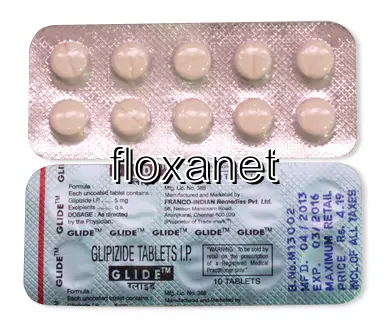| Package | Dosage | Price | Price per Dose | |
|---|---|---|---|---|
| Dosage: 5mg | ||||
| 360 pill | 5mg | AUD250.00 | AUD0.69 | |
| 240 pill | 5mg | AUD180.66 | AUD0.76 | |
| 180 pill | 5mg | AUD140.75 | AUD0.78 | |
| 120 pill | 5mg | AUD100.83 | AUD0.84 | |
| 90 pill | 5mg | AUD81.92 | AUD0.90 | |
| 60 pill | 5mg | AUD56.71 | AUD0.95 | |
| 30 pill | 5mg | AUD29.39 | AUD0.99 | |
| Dosage: 10mg | ||||
| 360 pill | 10mg | AUD369.75 | AUD1.03 | |
| 240 pill | 10mg | AUD273.11 | AUD1.13 | |
| 180 pill | 10mg | AUD222.68 | AUD1.24 | |
| 120 pill | 10mg | AUD168.06 | AUD1.41 | |
| 90 pill | 10mg | AUD142.85 | AUD1.58 | |
| 60 pill | 10mg | AUD98.73 | AUD1.66 | |
| 30 pill | 10mg | AUD54.60 | AUD1.79 | |

Glipizide Description
Overview of Glipizide
Glipizide is a widely used medication primarily prescribed to manage type 2 diabetes mellitus. It belongs to a class of drugs known as sulfonylureas, which work by stimulating the pancreas to produce more insulin. This increased insulin output helps lower blood sugar levels, assisting individuals in maintaining their glycemic control. As an oral hypoglycemic agent, Glipizide is appreciated for its effectiveness and ease of use, often incorporated into comprehensive diabetes management plans. It is available in various formulations, including immediate-release tablets that provide quick action and extended-release versions for more stable blood sugar regulation throughout the day.
Effectiveness and Benefits
Many users find Glipizide to be highly effective in reducing blood glucose levels. It is especially useful for patients who have demonstrated responsiveness to sulfonylurea agents. The medication’s ability to stimulate endogenous insulin secretion can lead to significant improvements in blood sugar control when combined with lifestyle modifications such as diet and exercise. Patients typically notice better management of their condition, with fewer fluctuations in blood glucose levels over time. Additionally, Glipizide has a long history of clinical use, supported by extensive research demonstrating its efficacy and safety when used as directed.
Possible Side Effects and Risks
Like all medications, Glipizide can cause side effects. The most common include hypoglycemia, which occurs if blood sugar drops too low, leading to symptoms such as dizziness, sweating, hunger, and faintness. Gastrointestinal discomfort, including nausea or diarrhea, may also be experienced. Some individuals may develop allergic reactions manifesting as skin rashes or itching. It is important for users to monitor their condition closely and communicate any adverse effects to their healthcare provider. In some cases, prolonged use or improper dosing can increase the risk of hypoglycemia, making regular blood sugar testing essential during treatment.
Usage Considerations
Proper dosing of Glipizide depends on individual factors such as age, weight, overall health, and blood sugar levels. Typically, treatment begins with a low dose to minimize side effects and is gradually adjusted as needed. It is important not to skip meals while taking Glipizide, as this can heighten the risk of hypoglycemia. Patients are advised to follow their healthcare professional’s instructions closely and to have regular blood tests to monitor their response. Additionally, users should inform their doctors about any other medications they are taking, as drug interactions could affect Glipizide’s effectiveness or increase potential risks.
Precautions and Warnings
Individuals with type 1 diabetes or diabetic ketoacidosis should not use Glipizide. Those with allergies to sulfonylureas or other components of the medication must avoid it as well. Patients with liver or kidney impairment should exercise caution, as these conditions can influence how the drug is metabolized and eliminated. Pregnant or breastfeeding women should consult their healthcare provider to weigh the benefits against possible risks. It is essential to adhere to recommended dosages to prevent hypoglycemia or other complications. Regular medical supervision remains crucial to ensure safe and effective treatment with Glipizide.
See Also

